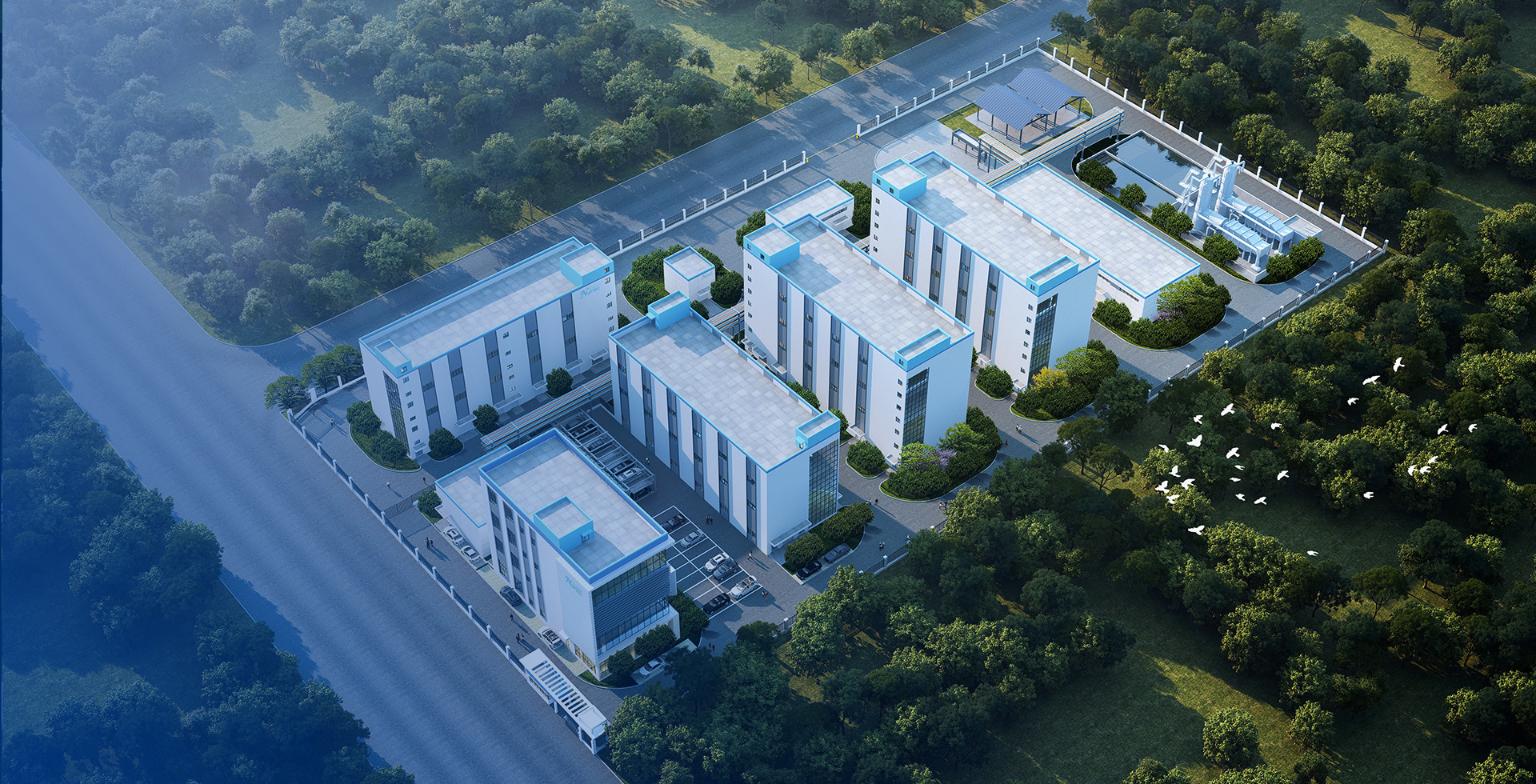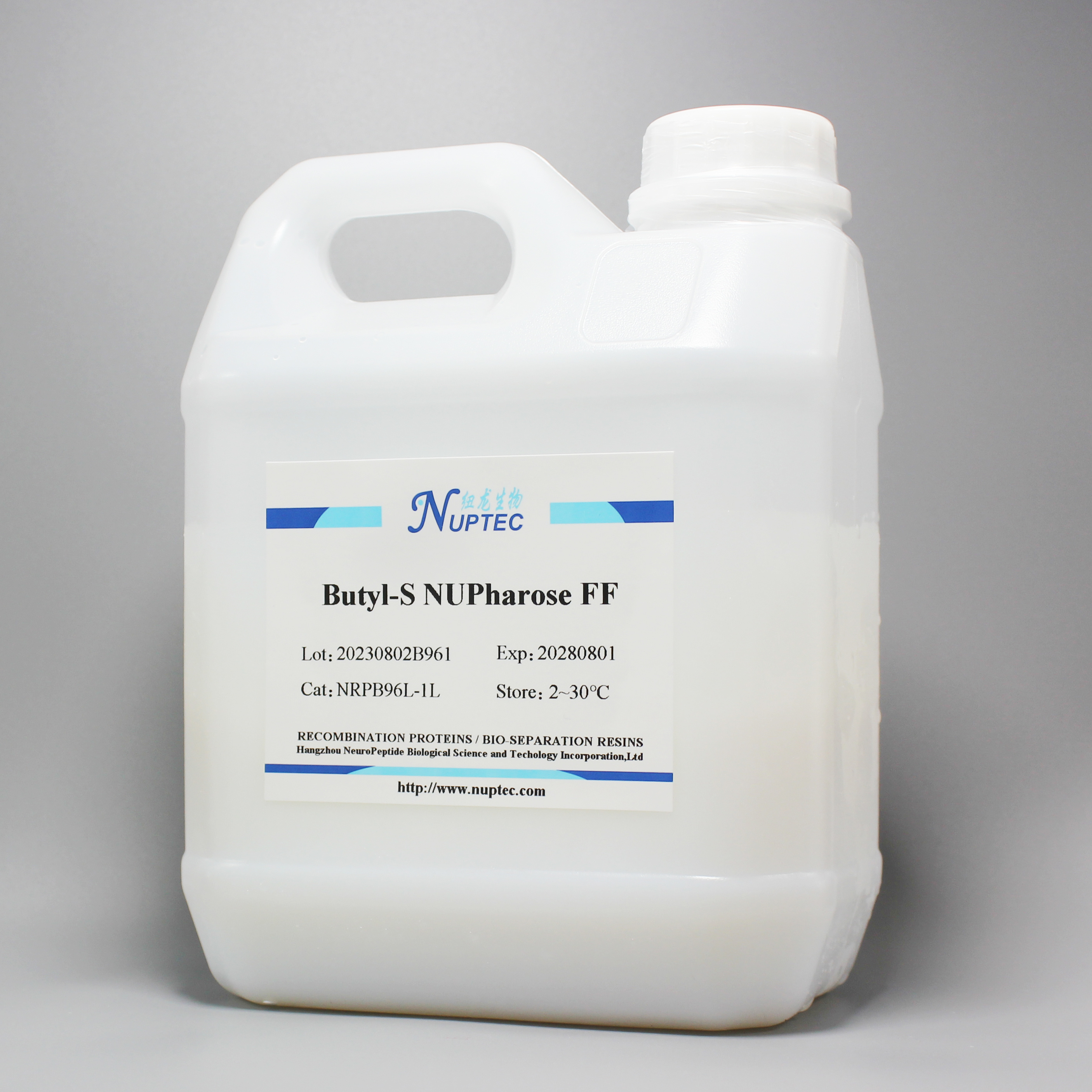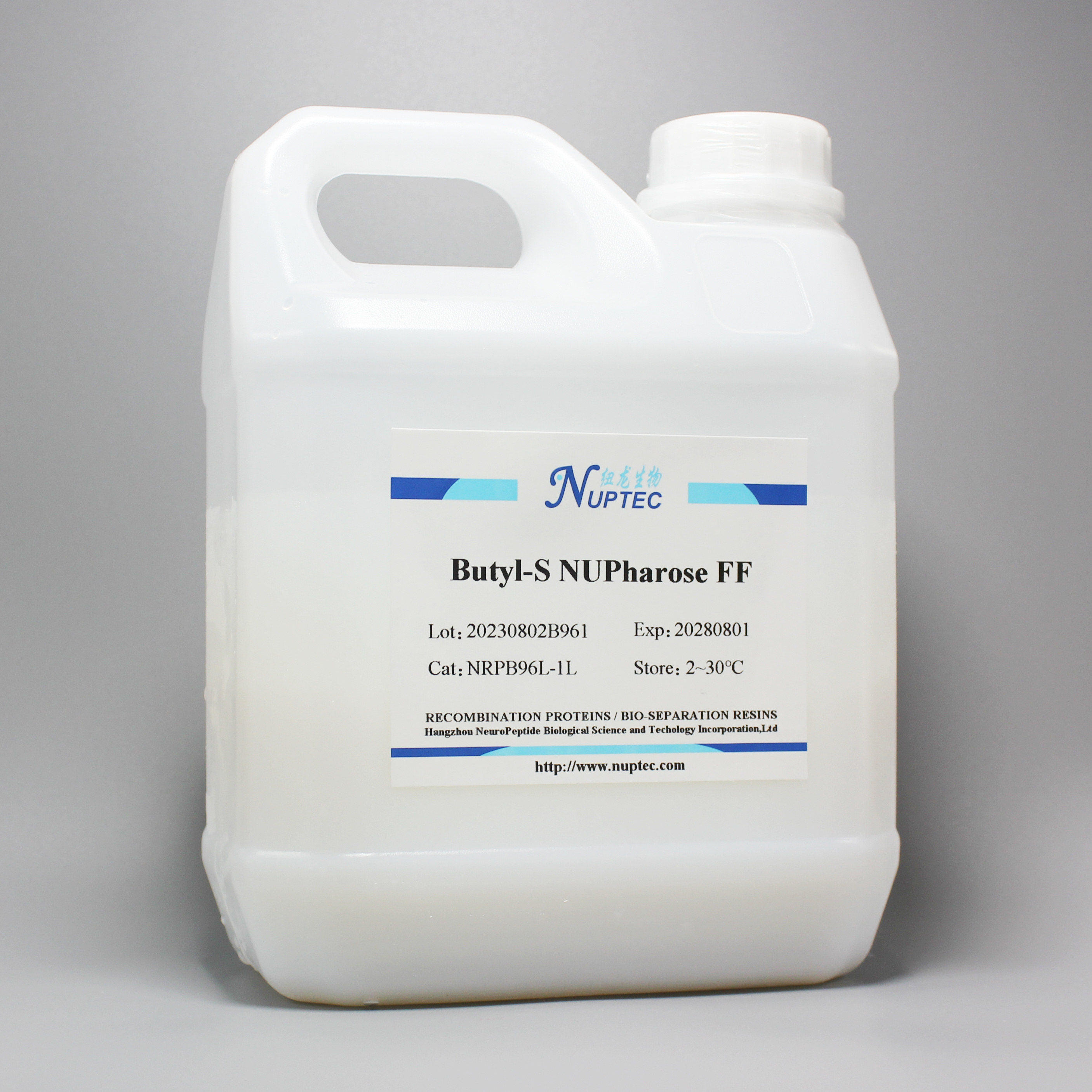
Product Details
Professional Manufaturer of Resins for Protein Purification



Catalog No:
NRPB96L
Product Name:
Butyl-S NUPharose FF
Product features and technical indicators
|
Product Name |
Butyl-S NUPharose FF |
NuPerley Butyl-S |
|
Catalog No. |
NRPB96L, NRPB96S (pre-installed column) |
NRPB95L, NRPB95S (pre-installed column) |
|
matrix |
6% cross-linked agarose |
high rigidity agarose |
|
ligand |
Butyl sulfide, a spacer arm of twelve atoms in length |
|
|
ligand density |
~10 μmol/mL |
~15 μmol/mL |
|
Particle size rangea |
45 ~ 165 μm |
30 to 100 μm |
|
average particle size |
~ 90 μm |
~ 60 μm |
|
recommend working flow rate |
150~300 cm/h |
|
|
Maximum flow rate and pressureb |
900 cm/h,0.3 MPa |
1500 cm/h,0.5 MPa |
|
pH stability |
3~13 (long-term operation process),2~14 (short-term operation process such as CIP) |
|
|
chemical stability |
It is stable in the following solutions: commonly used aqueous buffer, 1 mol/L sodium hydroxide, 8 mol/L urea, 6 mol/L guanidine hydrochloride, 70% ethanol, etc. |
|
|
Storage and transportation |
20% ethanol, 2~30 ℃ |
|
Key words:
Butyl-S NUPharose FF
Classification:
Related Products







